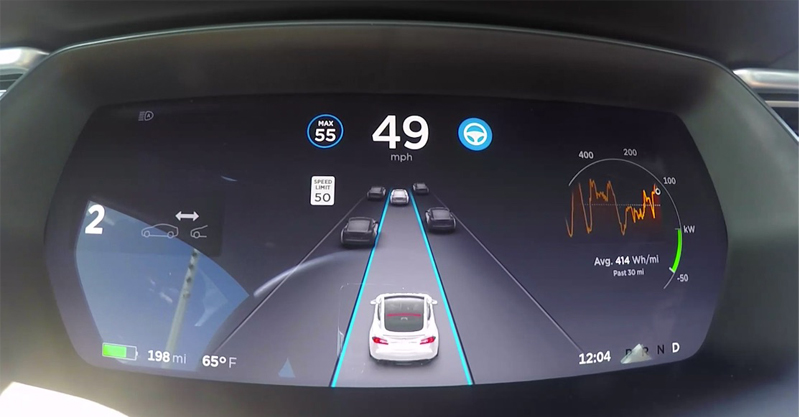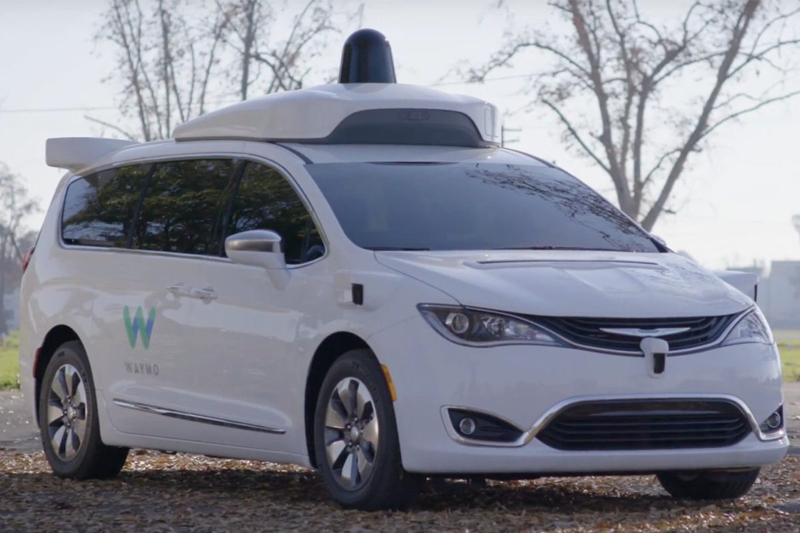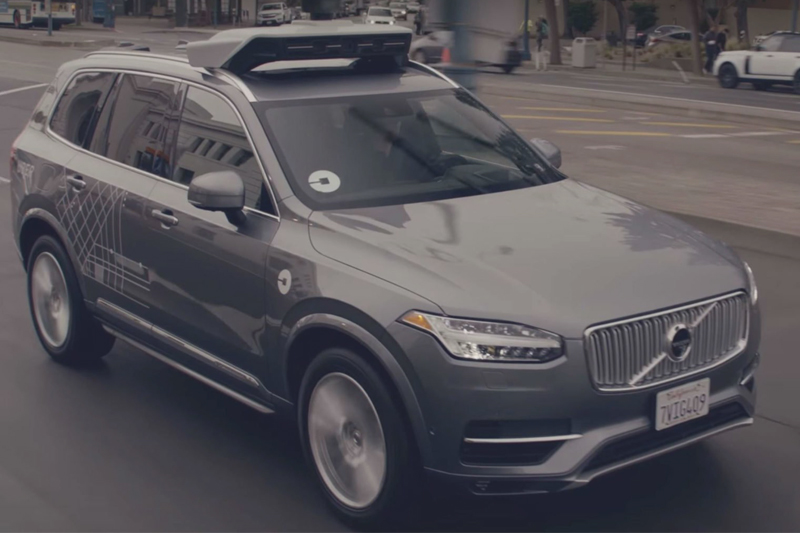AutoMate’s Harrison Boudakin reports on the autonomous vehicle ‘race’ and the role data is playing in driverless vehicle development.
So goes the creed of Silicon Valley, that funny little corner of Northern California where the air is thick with buzzwords like disruption, innovation and agility, and where a motley crew of very ambitious people spend their days trying to remake old industries into new rivers of tech-driven profit. They do this – in their words – by moving fast and by breaking things; by not getting bogged down in the old or in the fear of doing wrong, but by embracing the new, in spite of all apparent impossibilities.
This is the fertile ground on which the race to build the autonomous car is being run. Driverless vehicles may have existed as an idea long before Silicon Valley’s palm trees took seed, but without the Californian model of serial entrepreneurialism, we would not be where we find ourselves now: sitting what feels like a hare’s breath away from the reality of full, autonomous vehicles.
I say ‘feels like’, of course, because the truth is a little more complex. We now have smart cars, intelligent cars; cars with a glimpse of self-driving here and snatch of artificial intelligence there. We even have cars with no steering wheel running around American cities as we speak, testing and preparing themselves for a future we are told is inevitable.
But despite the promising steps that have been made across the technological rubicon, the gulf between where we are now and where the Silicon Valley types want to be, remains still to be bridged by something more like a giant leap. With every advance, those ascending the autonomous escarpment reveal yet another conundrum to be solved – and the closer the summit looms, the tougher the challenges seem to get.
In recent weeks, events have conspired to illustrate this point starkly. The highly-publicised death of a pedestrian in Arizona, struck by one of Uber’s autonomous Volvo prototypes on a dark highway, has pushed the debate about driverless technology into overdrive. Though the scar tissue from the accident remains raw, the inconvenient truth it highlighted is in fact on old one: that is, that designing a fully-driverless car to interact with mistake-making, unpredictable humans is a mighty – perhaps even impossible – challenge. It is on this hinge that the entire prospect, the entire reality, of a viable autonomous future swings.
Deep in the bowels of Silicon Valley – as well as in the motoring heartlands of Europe, Asia and America – the architecture on which this challenge will be confronted is rapidly under construction. There is, after all, a massive incentive for everyone involved if they are successful. Proponents of the autonomous car may evangelise about its life-saving potential, but the real motivator is money. By 2030, Intel believes AVs could generate rivers of revenue to the tune of $800 billion per year, and as much as $7 trillion per annum by 2050. Little wonder everyone seems to have adopted the “move fast and break things” approach to the technology: after all, when the prize at the end of the black run is so sweet, going down with one ski and no poles seems worth the risk.
Crucially, however, there is one thing that everyone agrees will be needed to reach the Holy Grail, and that is data. Data about how people behave on the road, how humans make decisions and why we make mistakes, represents the lifeblood in the arteries of any future AI brain. It is the lifeblood because it allows us to better hone the decision-making skills of a fully-autonomous vehicle, which will – indisputably – have to deal with circumstances its creators may never have foreseen, and slights in the variables they never predicted. Yet there is great debate about what the best data is, how it will be harvested, and most importantly, how it will be used to make a better autonomous car.
Tesla, one of the proudest frontiersman in the AV business, is currently collecting data at an astonishing rate. With more than 300,000 of their vehicles already on the road all over the world, they have a massive advantage over every other tech company and automaker: that is, each one of their 300,000 cars is able to constantly report back to company HQ, about how well the Autopilot technology is performing, and what decisions it’s making along the way. Tesla claims to have logged more than 780 million miles of data so far, 100 million of which featuring the Autopilot in at least partial control.

In comparison, a company like Waymo – Google’s self-driving car division – appears somewhat constrained by the fact that its real-world data is being gathered by a fleet of only 500 or so Chrysler minivans (and soon, a new fleet of Jaguar I-Pace electric vehicles). Yet that figure only tells part of the story, because Waymo is relying heavily on other techniques to gather data; namely, with simulations. They’ve developed a suite of advanced software in which they can model millimetrically-precise renditions of real cities, and then run virtual self-driving cars through them for testing. Waymo claims to be sending as many as 25,000 of these virtual vehicles through the simulator on a daily basis, and they say it would be extremely difficult for Tesla to even get near the sort of data-set this produces using real-world testing alone. Tesla counters this argument, of course, with their view that only real-world testing, with real human-to-AV interactions, can produce the kind of AI ‘experience and learning’ that will get us to the verge of worldwide regulatory approval for autonomous vehicles.

Tesla is also bullish about their views on the best hardware for the job. While companies like Waymo (and, for that matter, almost every other player in the market) are using LIDAR to give their vehicles a ‘mind’s-eye’ picture of their surroundings, Tesla believes they can achieve the same safety outcomes and accuracy with cameras and radars alone. LIDAR, though capable of producing extremely high-resolution imagery with its laser-scanning, is nevertheless expensive and clunky technology, and that’s why Tesla believes we will have to master camera-based systems to manage costs in the future. Again, it’s a case of big ‘if’s’: if Tesla solves AVs without LIDAR, everyone else will be kicking themselves silly. On the other hand, being left without LIDAR data could leave Tesla at a disadvantage if the tech becomes cheaper and more ubiquitous in the future. As ever, professional opinion on this point is sectional and divided.
And that’s the point, really. There is this assumption that we are merely a heartbeat away from being able to flick the autonomous switch. But the reality is quite different. Tesla and Waymo’s divergent approaches are a reminder of the broad bandwidth of headings being pursued in the push across the AV rubicon. Ergo, the recent fatality involving Uber’s autonomous car shows what happens when the heading turns out to be not quite as right as we thought it was. The great remaining question, then, is not simply which approach will prevail, but rather, how many of the approaches will turn out to be dead-ends, and what cost – in lives and not just capital – that steep learning curve will ultimately incur.











